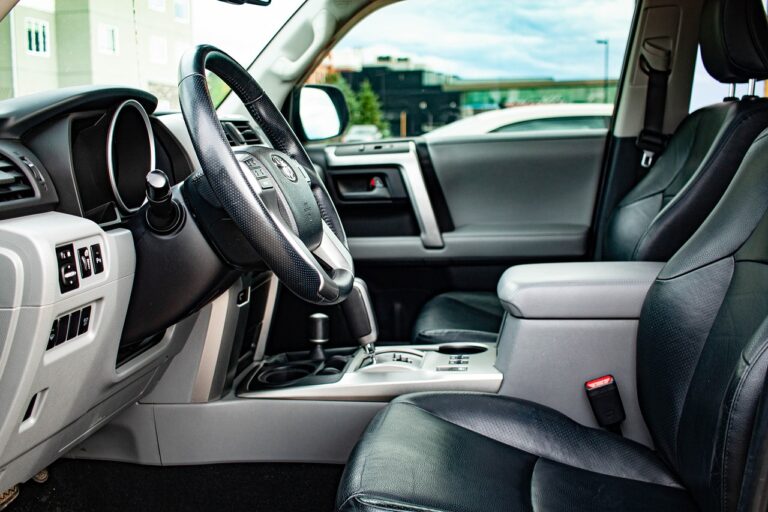Autonomous Vehicles: Shaping the Future of Transportation
Throughout history, the evolution of transportation technology has been marked by remarkable advancements that have revolutionized the way we move from one place to another. From the invention of the wheel to the development of steam engines and automobiles, each era has brought about significant changes in the way we travel. These innovations have not only made transportation faster and more efficient but have also played a crucial role in shaping economies and connecting people across the globe.
One of the most significant milestones in transportation technology was the introduction of airplanes, which made it possible to travel long distances in a matter of hours. The aviation industry has continued to evolve, with the invention of supersonic jets and the exploration of space travel. In recent years, the focus has shifted towards sustainable transportation options, such as electric cars and high-speed trains, as the world grapples with environmental challenges and the need for more eco-friendly modes of transport.
Challenges and Opportunities in Autonomous Vehicles
One of the main challenges in the realm of autonomous vehicles is the need for significant advancements in artificial intelligence and machine learning. These technologies are crucial in ensuring that self-driving cars can make split-second decisions in complex traffic scenarios. Additionally, there is an ongoing need to enhance the capabilities of sensors and cameras to improve the accuracy and reliability of autonomous driving systems.
On the flip side, the opportunities presented by autonomous vehicles are vast and promising. With the potential to drastically reduce traffic accidents caused by human error, self-driving cars have the capacity to revolutionize road safety. Moreover, the implementation of autonomous vehicles could lead to increased efficiency in transportation, reduced congestion, and improved accessibility for individuals with mobility limitations.
Autonomous vehicles require significant advancements in artificial intelligence and machine learning
Enhancing sensors and cameras is crucial for improving accuracy and reliability of self-driving cars
Opportunities presented by autonomous vehicles include reducing traffic accidents caused by human error
Self-driving cars have the potential to revolutionize road safety
Implementation of autonomous vehicles could lead to increased efficiency in transportation
Reduced congestion and improved accessibility for individuals with mobility limitations are also potential benefits
Safety Concerns in Autonomous Vehicle Development
Safety concerns in autonomous vehicle development are at the forefront of discussions surrounding this innovative technology. One major issue is the ability of autonomous vehicles to accurately sense their surroundings in dynamic and complex environments. The reliance on sensors and cameras for navigation introduces the risk of malfunctions or inaccuracies, potentially leading to accidents.
Another safety concern is the vulnerability of autonomous vehicles to cyber attacks. As these vehicles become more interconnected and reliant on data and communication systems, they are increasingly susceptible to hacking and malicious interference. Ensuring the security of these systems is paramount to prevent unauthorized access that could compromise the safety of passengers and other road users.
What is the current status of autonomous vehicle development?
Autonomous vehicle technology is constantly evolving and many companies are investing heavily in research and development to bring self-driving cars to the market.
What are some challenges and opportunities in autonomous vehicles?
Challenges include regulatory hurdles, public acceptance, and technological limitations. Opportunities include increased safety, efficiency, and convenience in transportation.
What are some safety concerns in autonomous vehicle development?
Safety concerns include software glitches, sensor failures, cyber attacks, and ethical dilemmas in decision making. It is crucial for developers to address these issues to ensure the safety of passengers and pedestrians.







